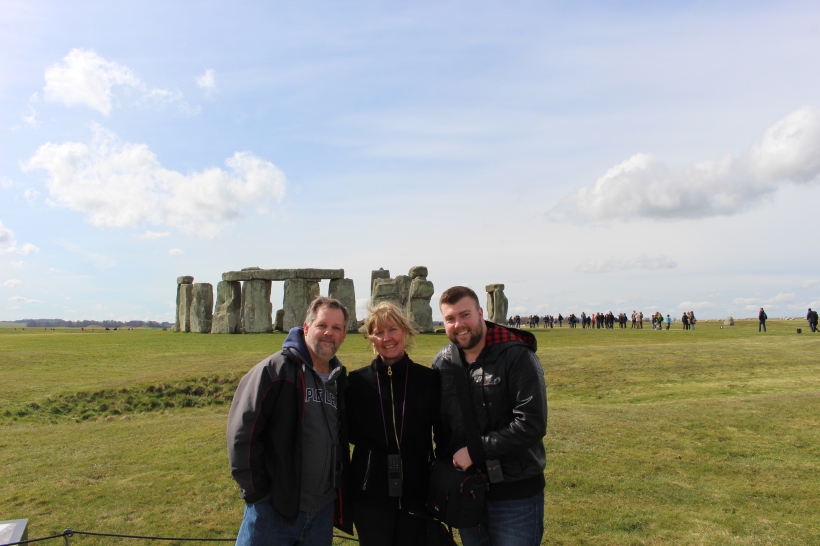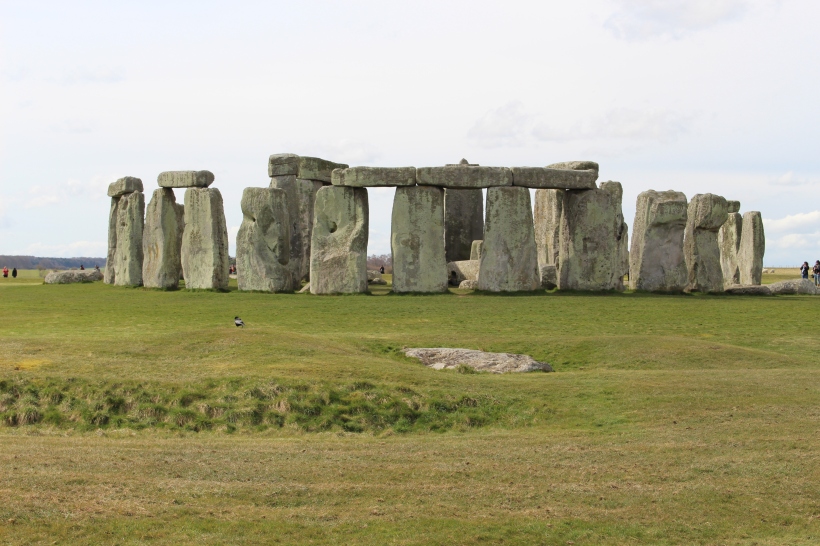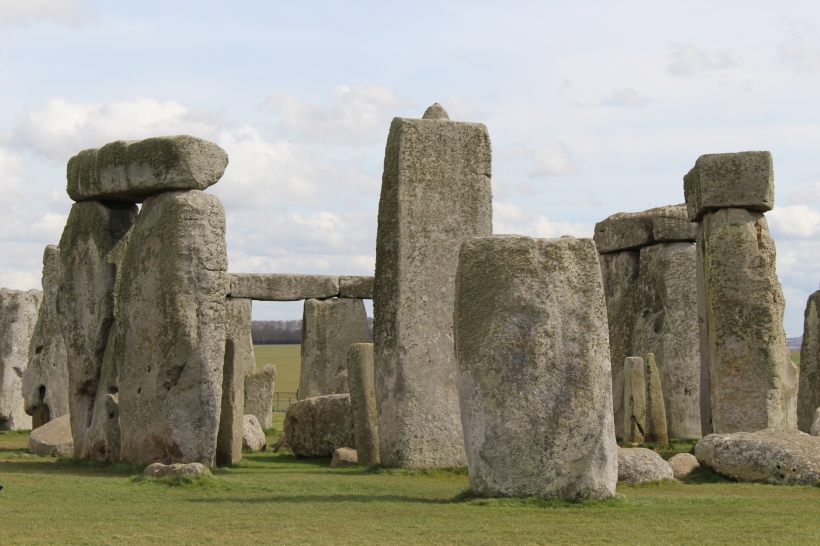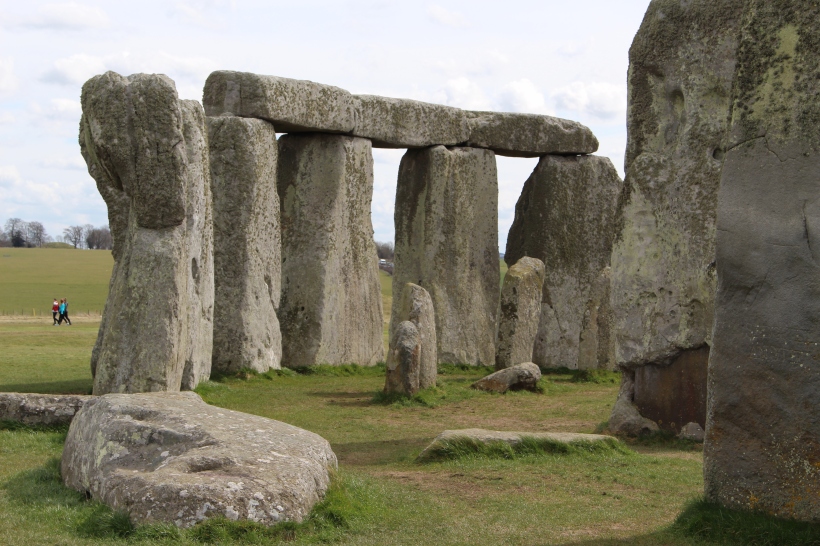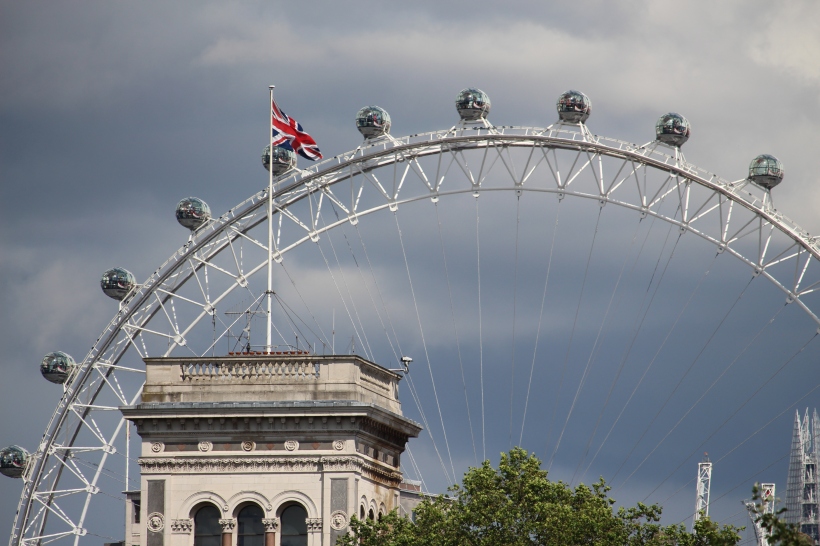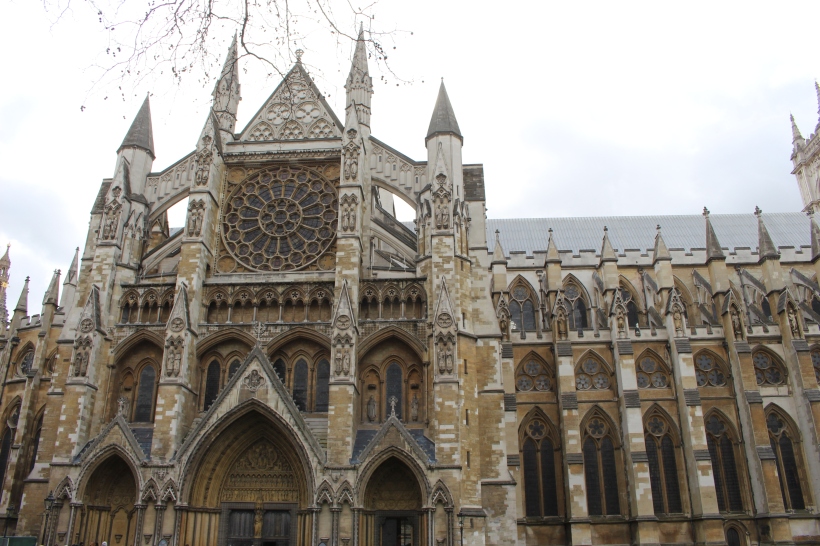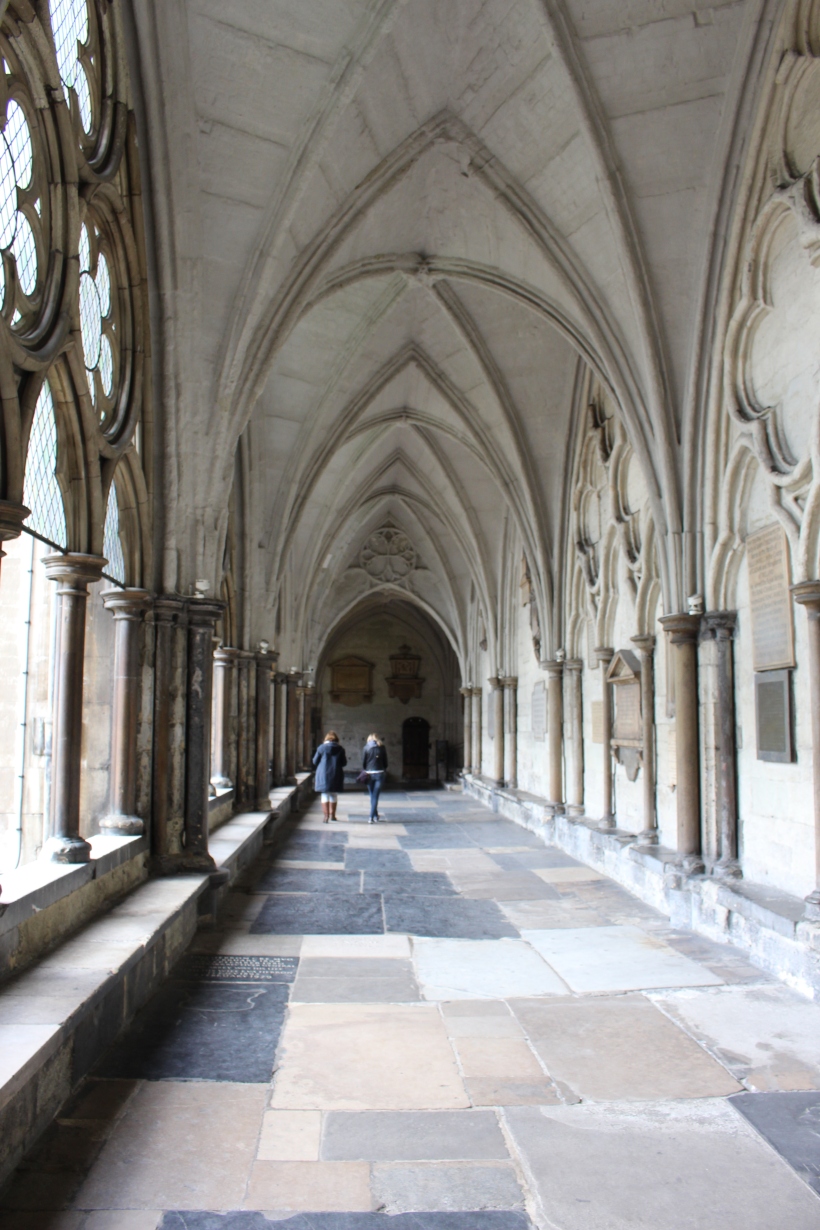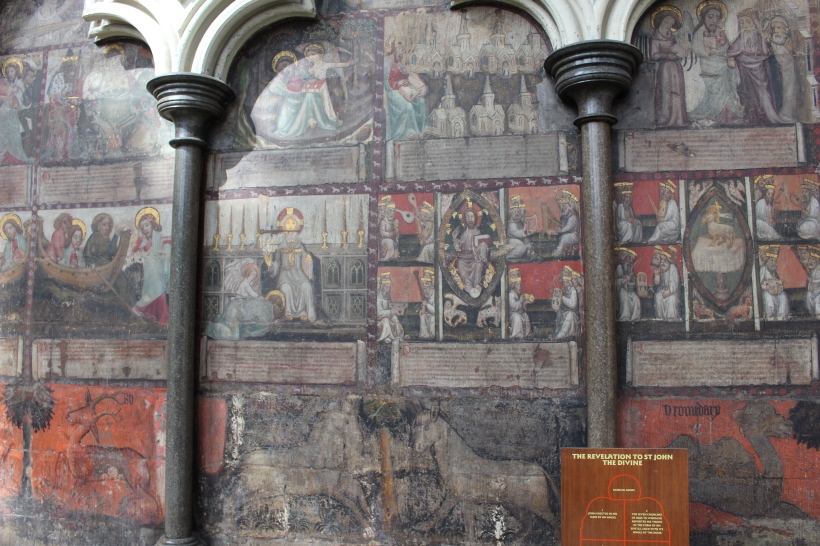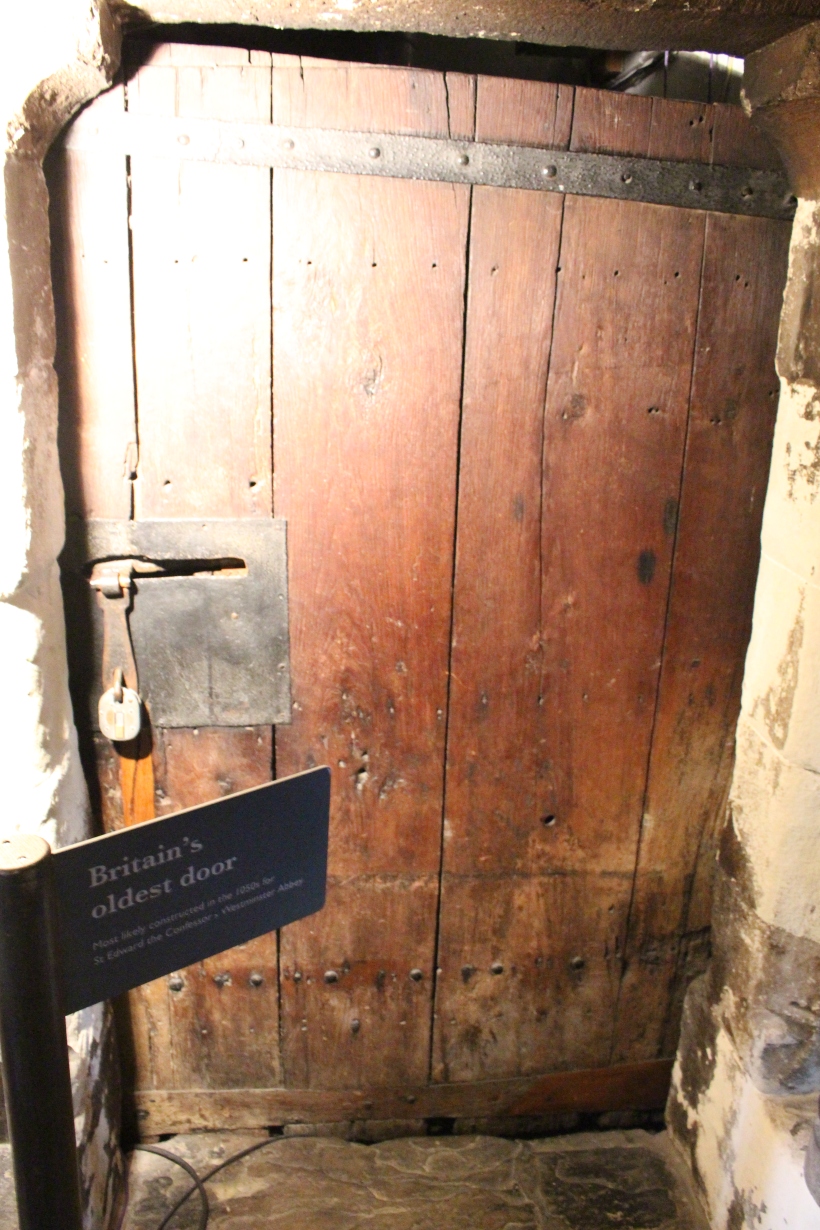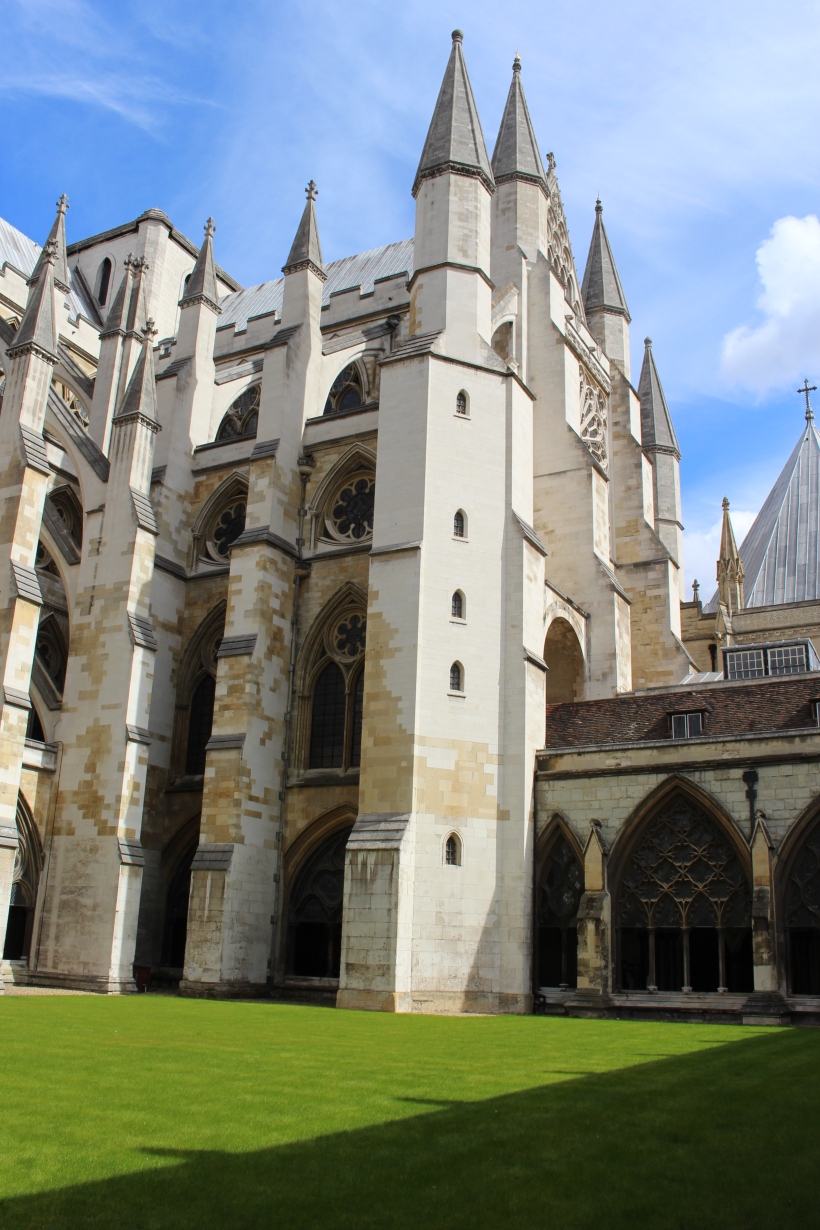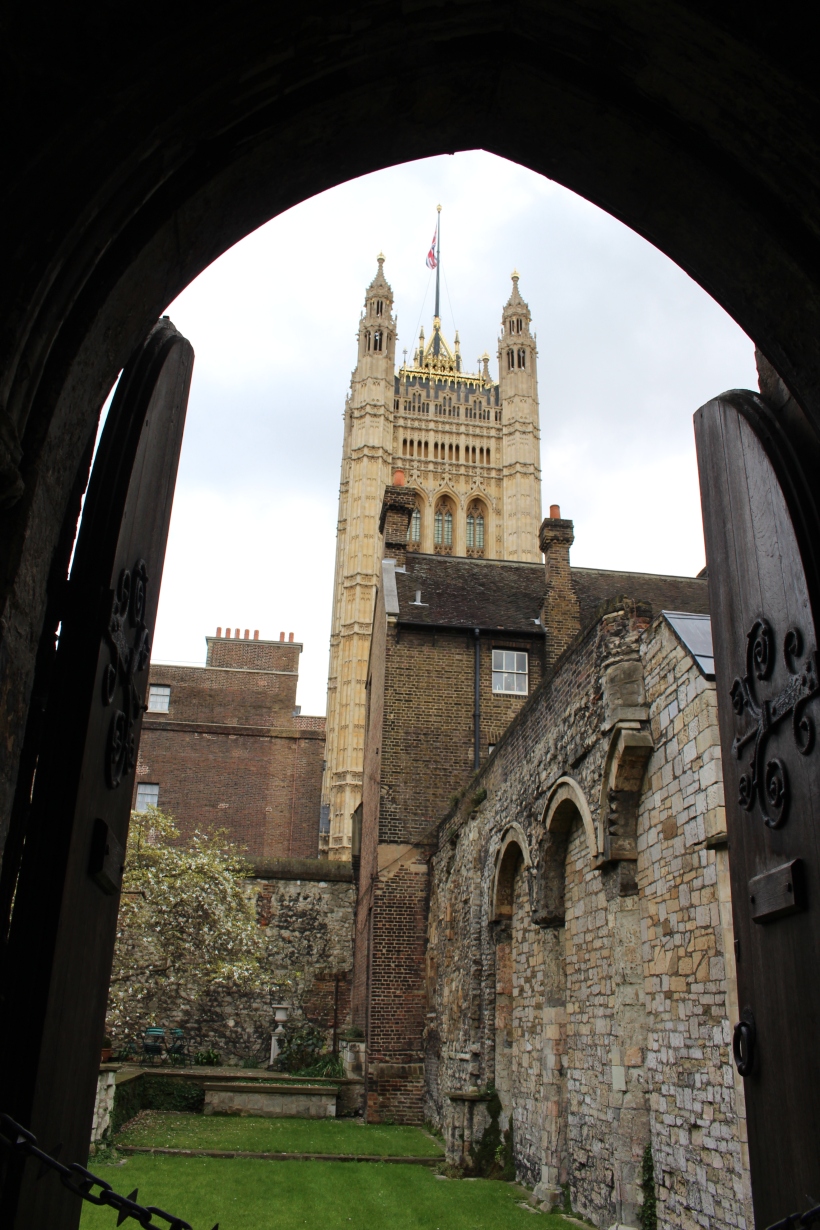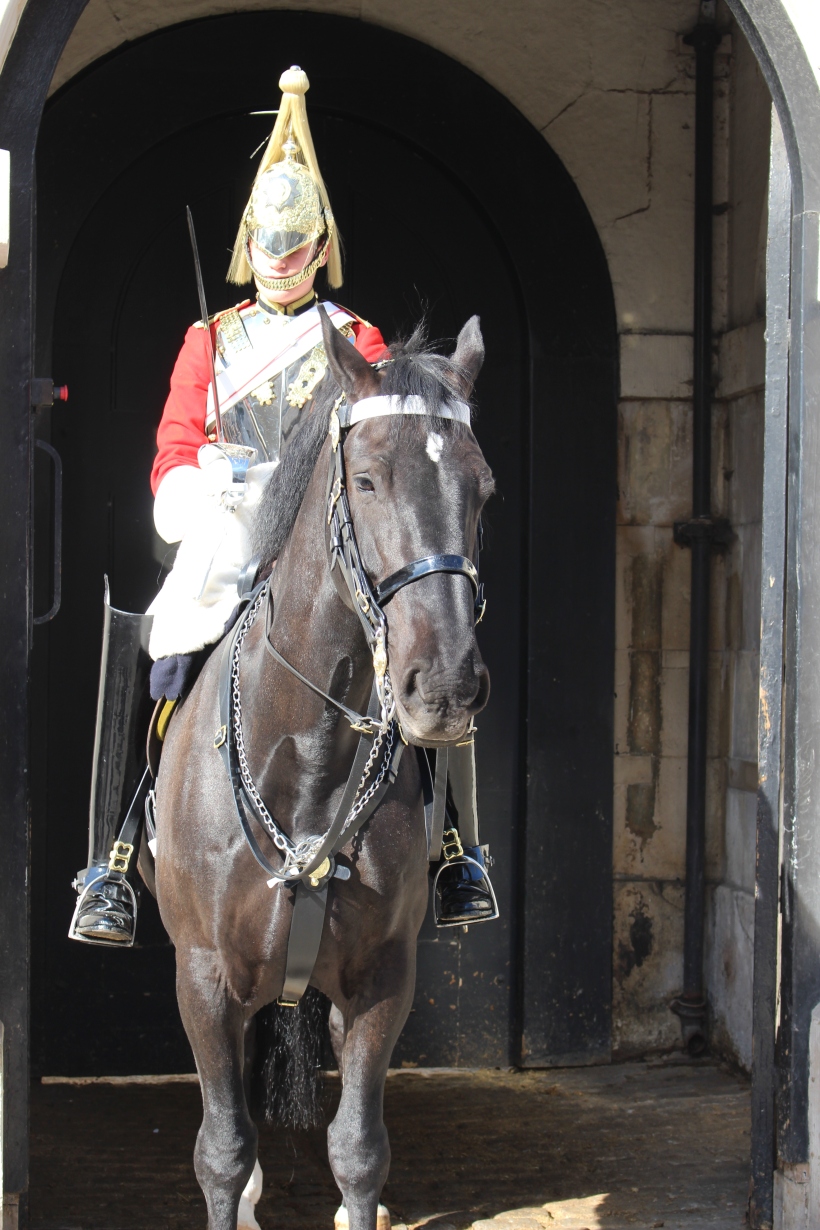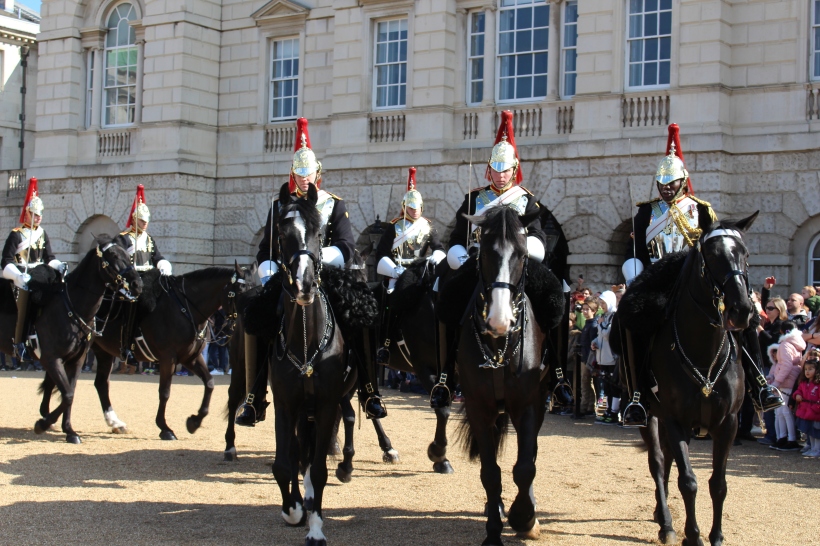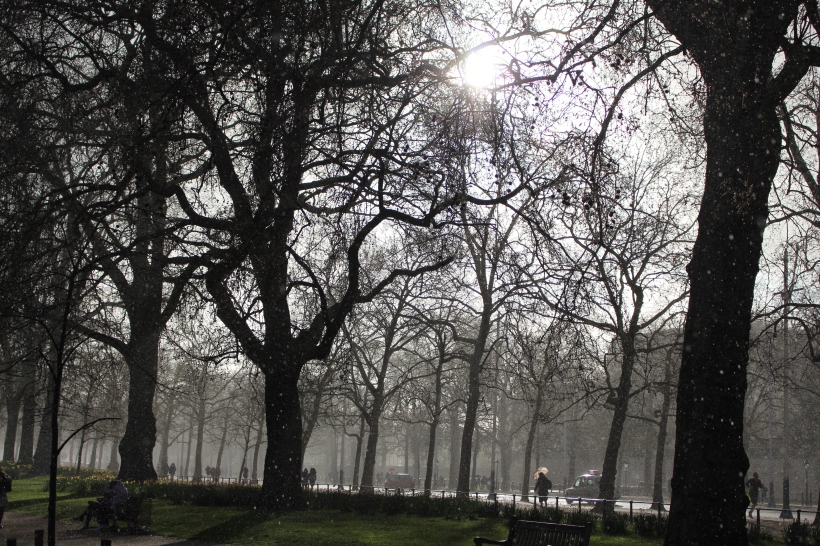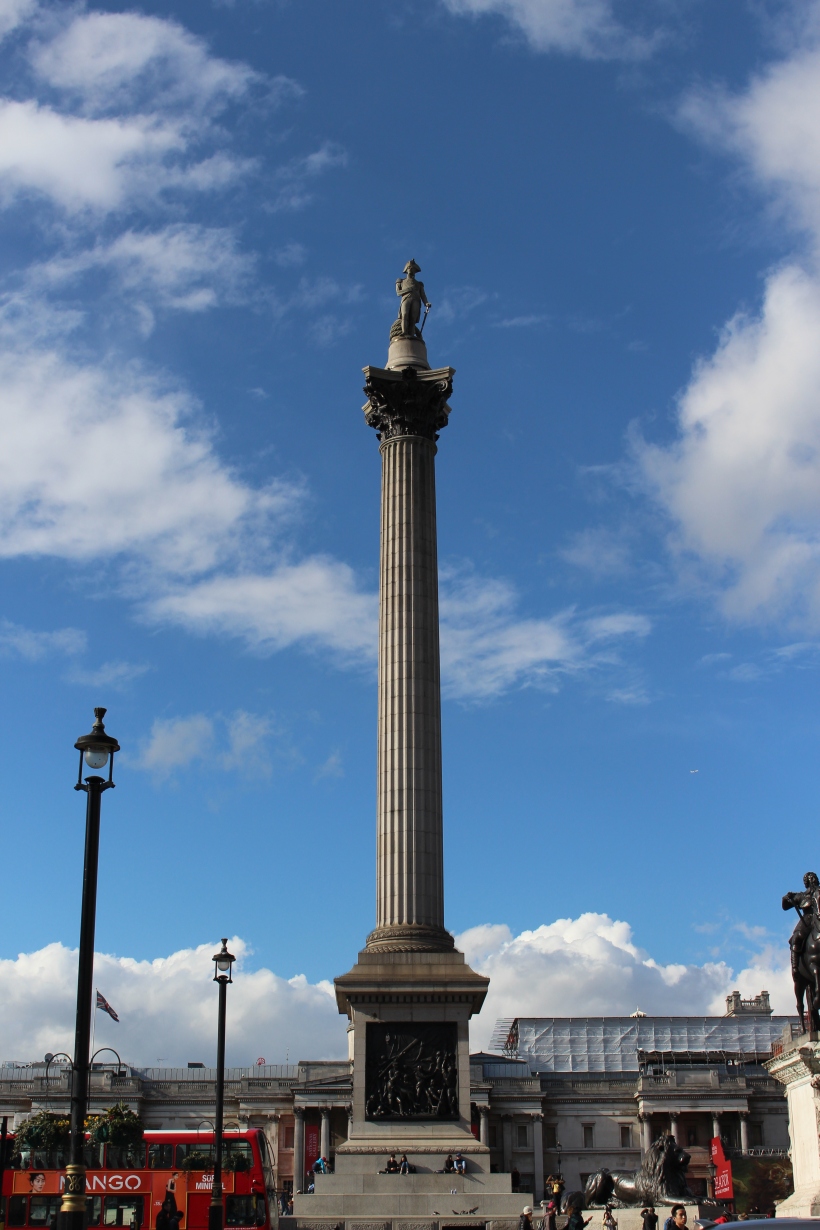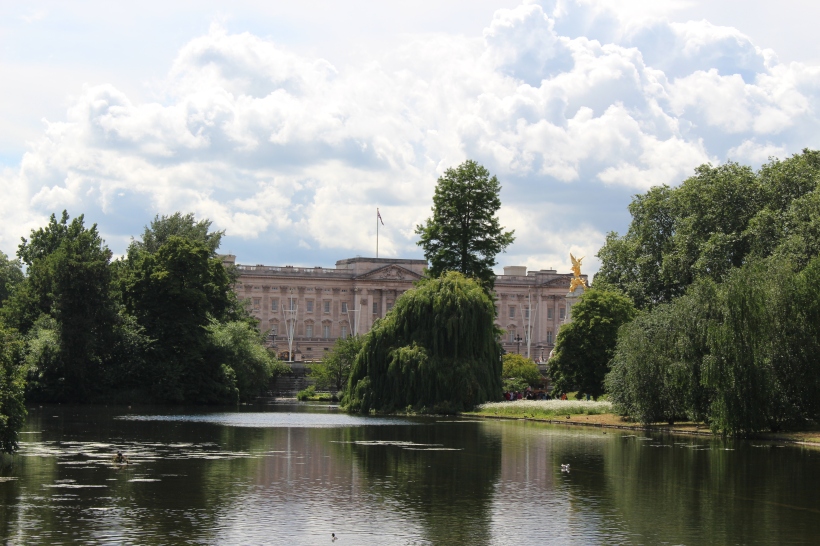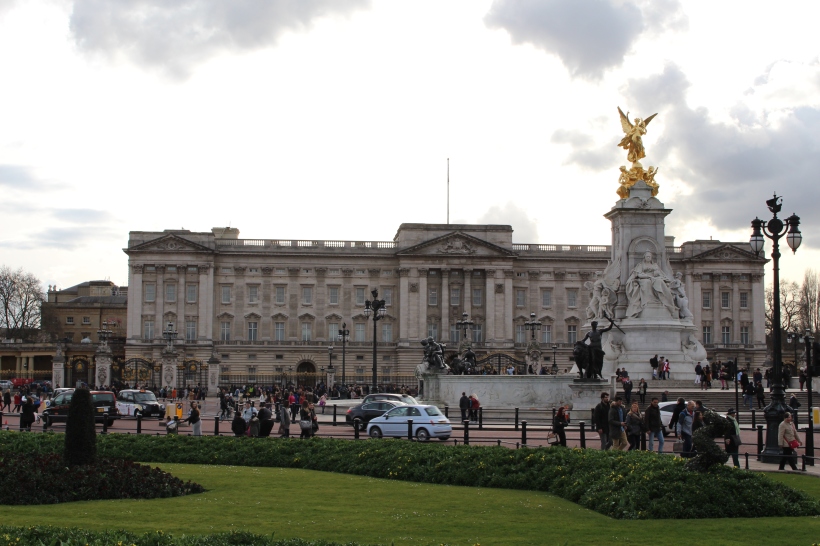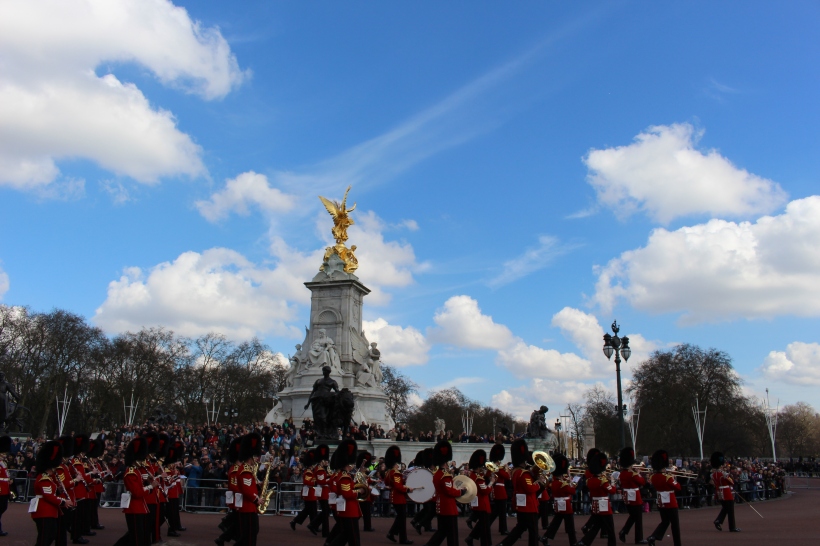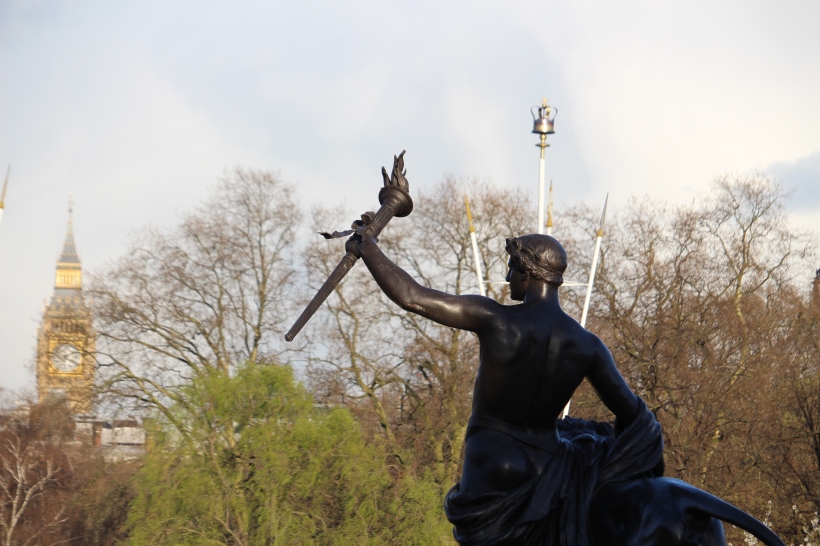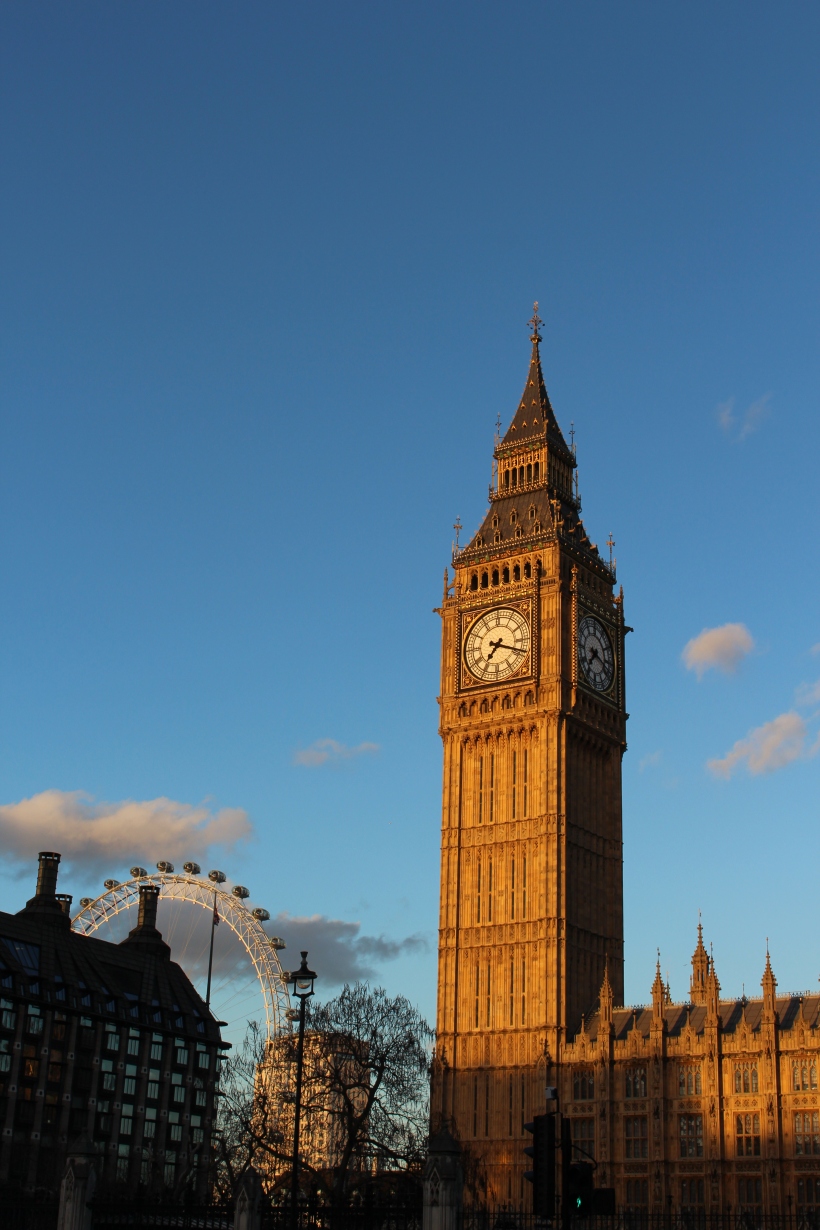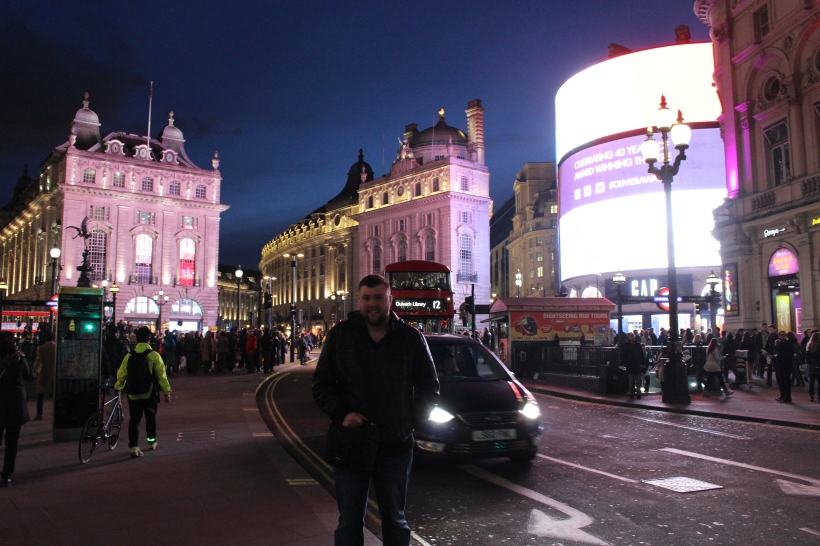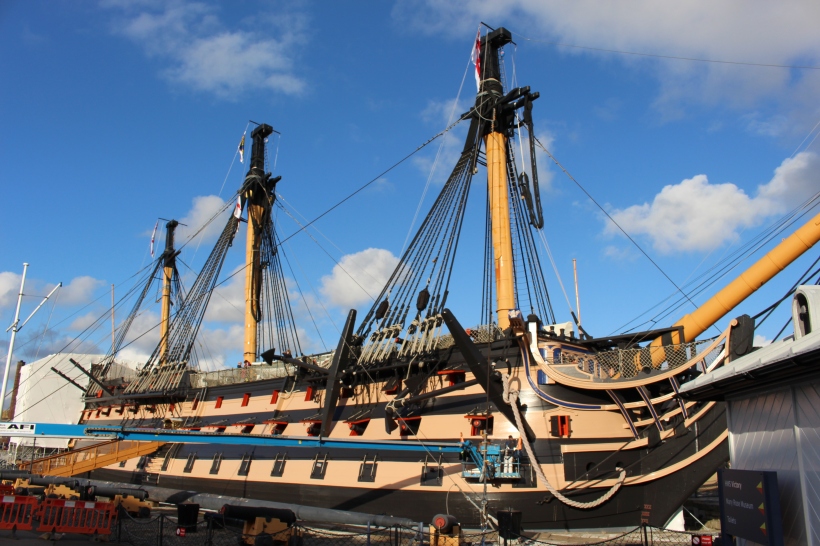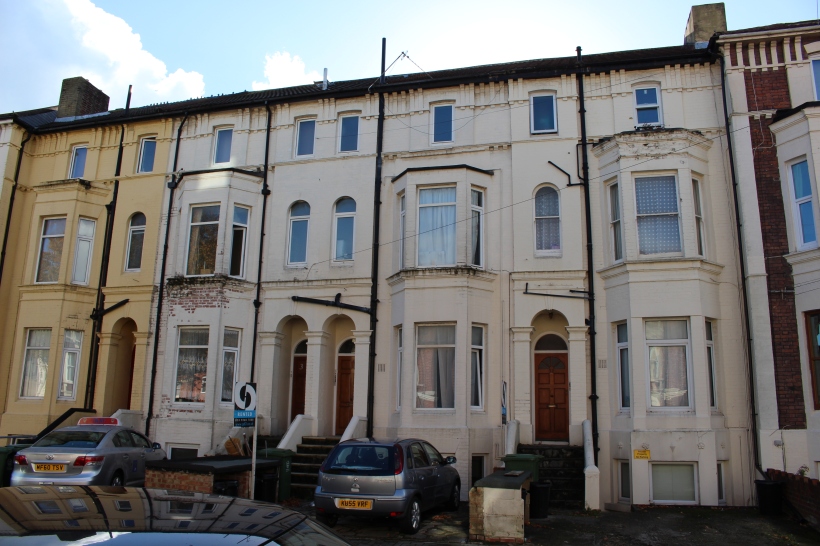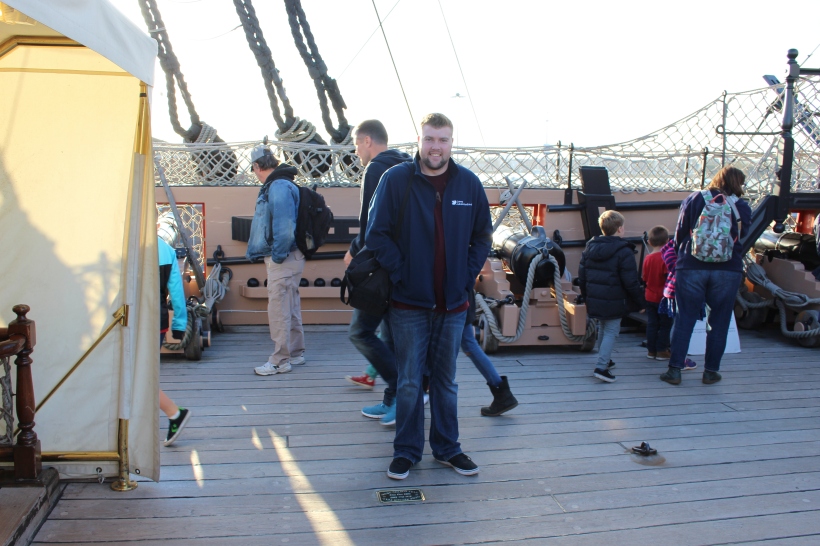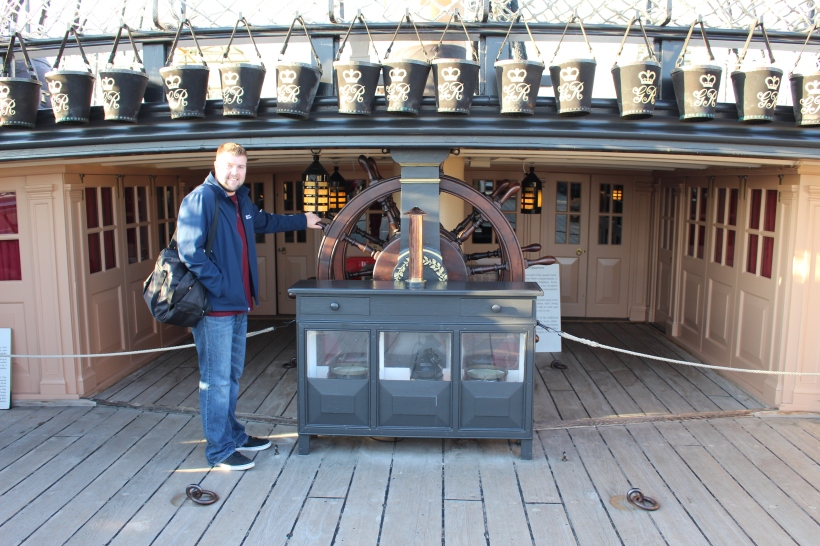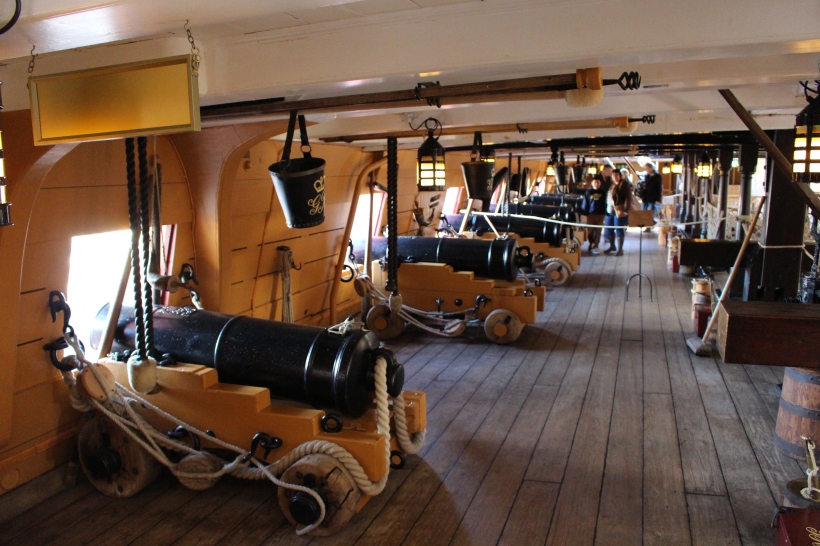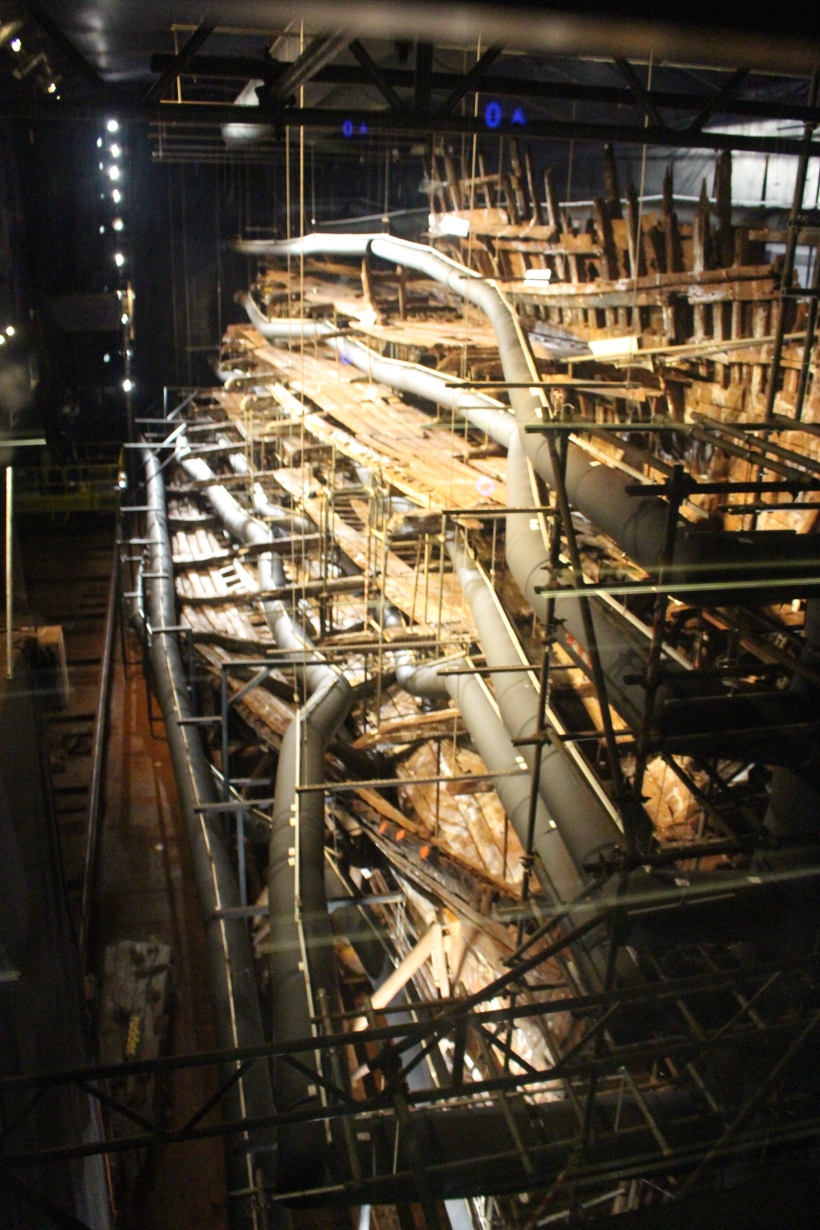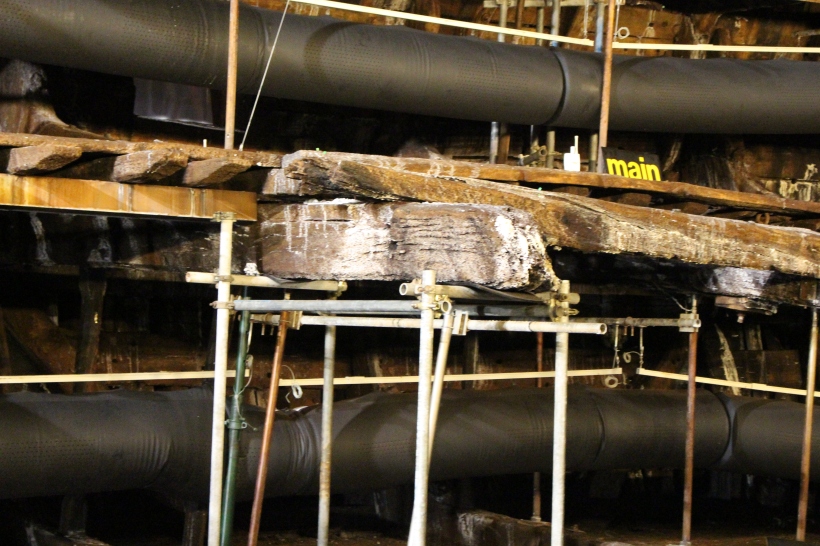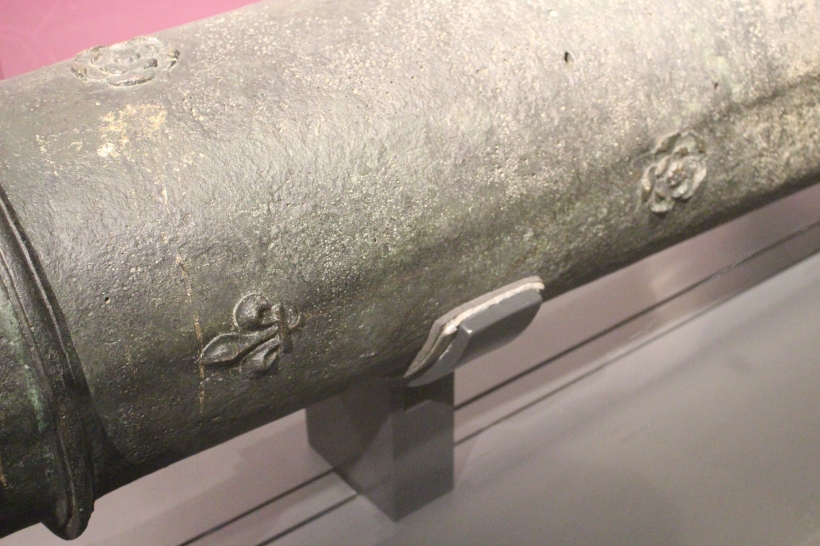Despite lots of traveling over the holiday I need to catch up on a trip to the Tower of London first! The Tower is a well known part of London’s large collection of tourist draws but with very good reason. The picture below shows the Tower from across the Thames and you can see the first layer of walls all lit up. In shadow, you can see the second layer of walls behind them and finally the White Tower itself.
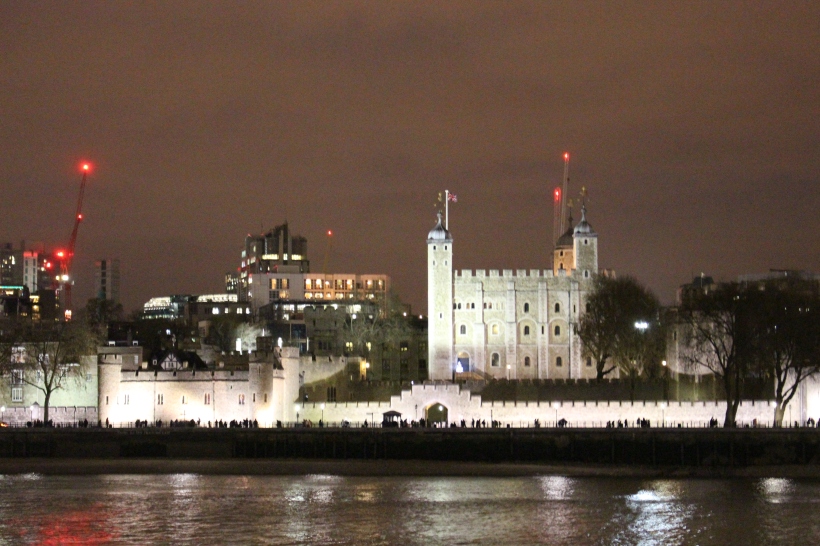
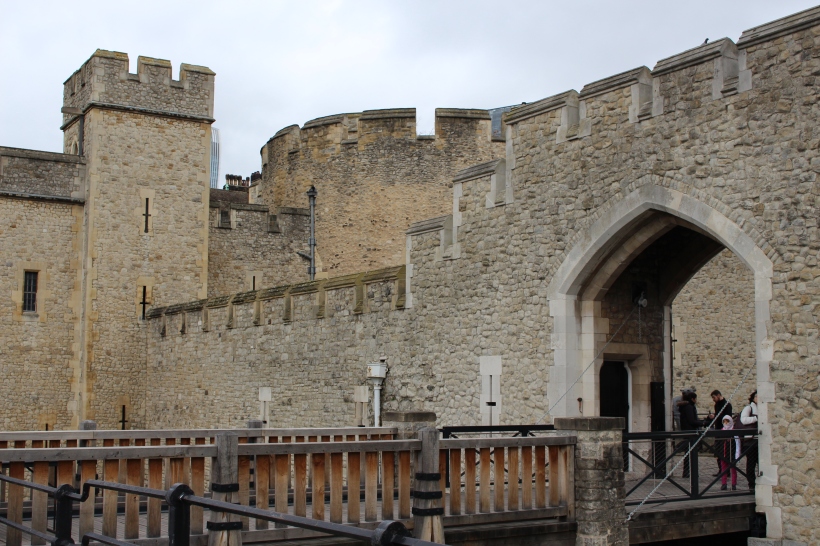
Like most of the castle’s I’ve written about (Windsor, Guildford, Farnham etc) the Tower was build soon after William the Conquerer took control of the area following his victory at Hastings in 1066. As mentioned previously castle’s were a Norman defence but had the intended effect of cowing Williams newly conquered people. Windsor began as just one of many defences in a loose ring around London, but the Tower held great importance from the start and over 1000 years on it attracts a few million visitors per year. The original Tower defences actually made use of existing Roman walls, which can still be seen inside. Since it’s construction the Tower has served as a citadel, royal palace, armoury, mint/treasury, execution ground, hall of records and even a zoo. The shot above is from outside the first wall where a bridge is lowered over the moat.
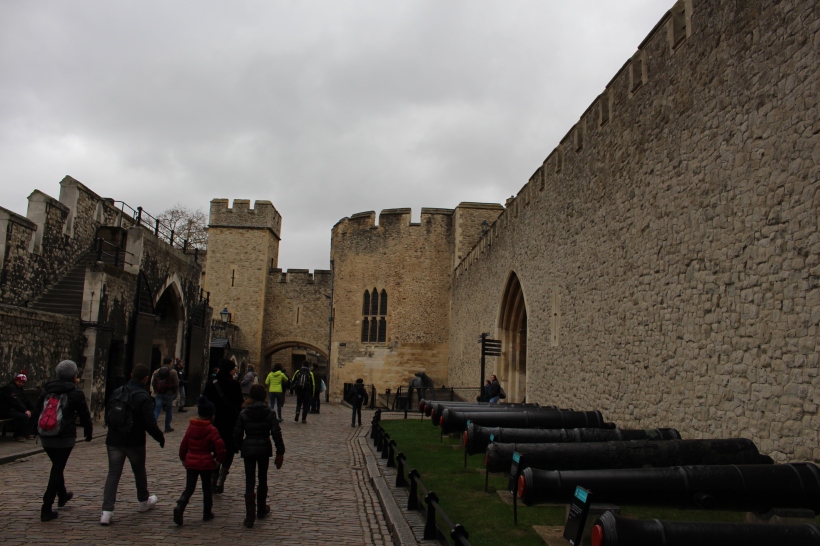
This picture is taken between the first wall and second. Take on the roll of an invader and picture the task before you. Lets pretend that no army barred your way to the Tower and you crossed the Thames easily. You’ve now got to cross a deep moat and scale an incredibly high wall while defenders pour hot oil, rocks and arrows into you. Should you somehow take the first wall you climb over it to face a second one with even more towers. Once you get past that you still have to attack the main tower in the courtyard. Best of luck.
Any day at the castle should start with a tour from one of the famous “Beefeaters”, or Yeoman warders, who have long been the defenders of the Tower and it’s contents. They were founded by Henry VII in the late 1480’s after his success in battle. He named several of the men who followed him into combat his personal guards and the Beefeaters were born. The funny name is thought to have come about as a result of privileges extended to the men. As a royal palace the King’s table was always well attended and his guards were allowed to help themselves to its contents, which included beef, something many of the lowest classes couldn’t access frequently. The warders must practice their tour before the head of their order and to be accepted must have served 22 years in the military and have received a good conduct and service medal. These guards represent the finest of the British military. One of the most interesting things I learned on the tour is that more people have been into space then have been members of this exclusive order, despite it having existed for almost 600 years before space travel.
One of the tour highlights is traitors gate, where traitors would be rowed in from the Thames at low tide. It was built by Edward I so his royal barge could come and go without him having to disembark.
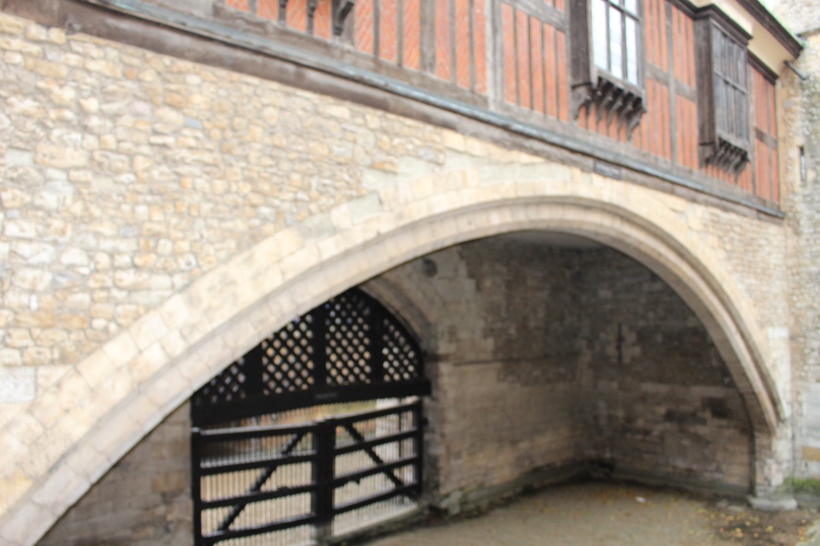
Under the Tudors the Tower became less of a royal residence and more of a prison. Many famous men and women were held here before their executions. The average prisoner was led out the gate below on the day of their execution and beheaded via axe on a scaffold above the moat. It was customary for the condemned to tip their killer so he made their end swift and clean. This was not always the case as our guide informed us. In one instance an axeman wasn’t available so a hangman was hired instead. He had a lot to drink the night before and it took him about 8 swings to finish off the prisoner who was alive the whole time. On another occasion the crowd got so excited they pressed the scaffold to the point of collapse and 30 people, the executioner and the prisoner ended up down in the moat along with the contents of the castle toilet buckets. One royal family member, upon losing his head, had it sewn back on for a portrait to be painted as someone realized that this hadn’t been done yet. A hat was used to disguise the messy work of the executioner who had accidentally missed with the first blow.
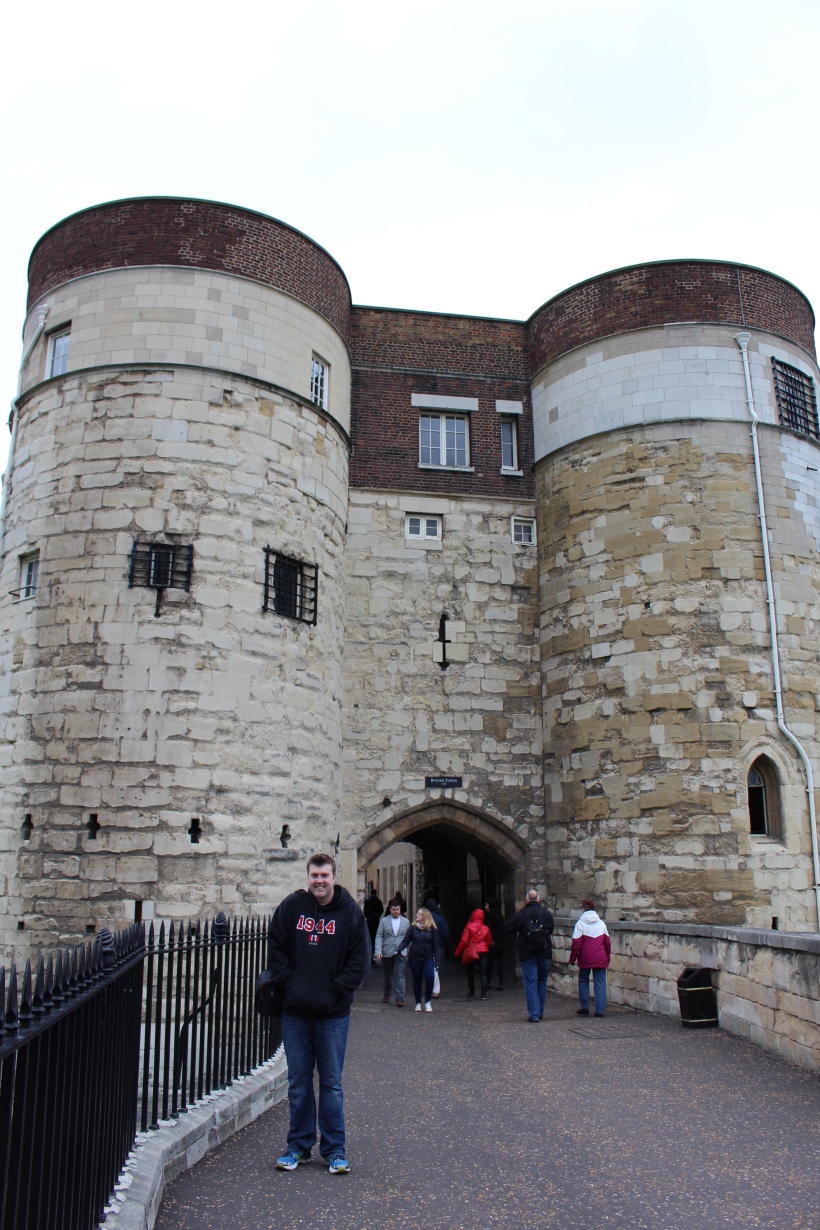
Ten people however were deemed too important for public execution and were granted a private one on the Tower green. This list includes Sir Thomas More and two wives of Henry VIII (Anne Boleyn the mother of Elizabeth I and Catherine Howard). Lady Jane Grey was also executed here for a plot she had no part in. She was briefly Queen of England for all of 9 days. A modern glass memorial (much hated by the beefeaters for its modern art vibe) marks the spot of their deaths. The final execution here was in 1941 when a captured German spy faced a firing squad. The Tower chapel is the resting place of these individuals.
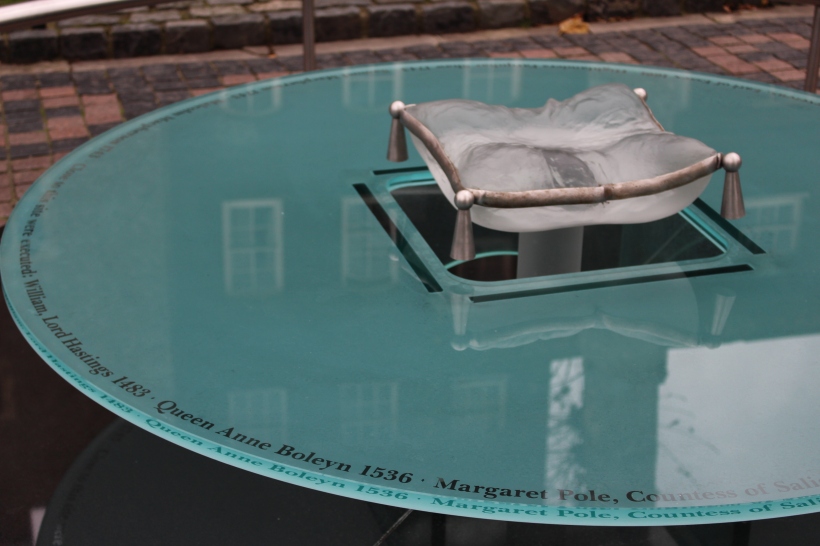
The Tower is also home to the crown jewels which you aren’t allowed to photograph. Needless to say they are excessively impressive and worth seeing. They are held in the building below and guarded out front by canon captured from Napoleon at Waterloo. This is because the Duke of Wellington, Sir Arthur Wellesley, was commander of the Tower for many years after his famous victory.
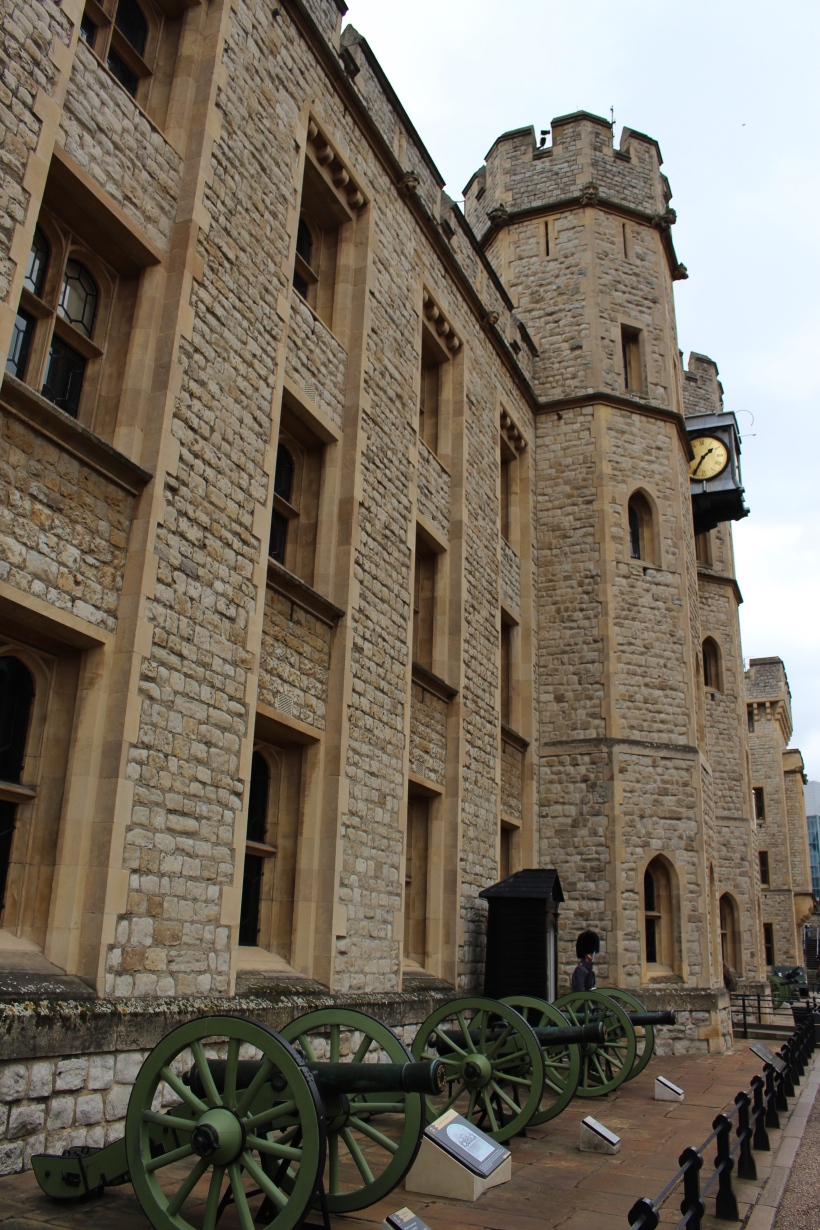
Another famous incident at the Tower is the murder of the two princes, which occurred at the Bloody Tower, named for the crime. While never conclusively solved the belief is that their uncle, Richard III had them killed to pave his way to taking the throne. The bodies were later discovered in 1674 and exhumed in 1933 for forensic examination and then burial at Westminster Abbey. Sadly this tower was closed for renovation during my visit. The Warders do an excellent job of paying respect to both these boys and the Lady Jane Grey on the tour, who it seems they have a lot of respect for. This is linked to the poise with which she died, the fact that she was 16 and her undoubted innocence.
While the Tower did serve as a mint, it’s most interesting use may be as a zoo. These prisoners often proved the most deadly. The collection started in the 1200’s when the Holy Roman Emperor gifted England with 3 lions as seen on the crest of England which their soccer team still wear. The King of Norway gifted a polar bear which was often tied by a leash to the wharf and allowed to fish in the Thames. Monkeys were often found escaping enclosures and one killed a guard by throwing a canon ball at him. Several people were mauled by large cats or hyenas. These animals were eventually moved to found the Regent Park zoo but for 600 years people would come to the Tower to observe creatures they would otherwise never have seen. The only remaining creatures are the Ravens who legend says could cause the fall of the monarchy with their departure. As a result a certain number of ravens must always be in residence with clipped wings and have official keepers. They are fed blood soaked biscuits, raw meat and eggs. Some of the ravens have abandoned their post despite all this as one of them (named “Grog”) was last seen outside a pub in England’s east end and “George” was relieved of his duties for continually chewing on the guards tv antennas. You can see one of the ravens below with the White Tower in the background.
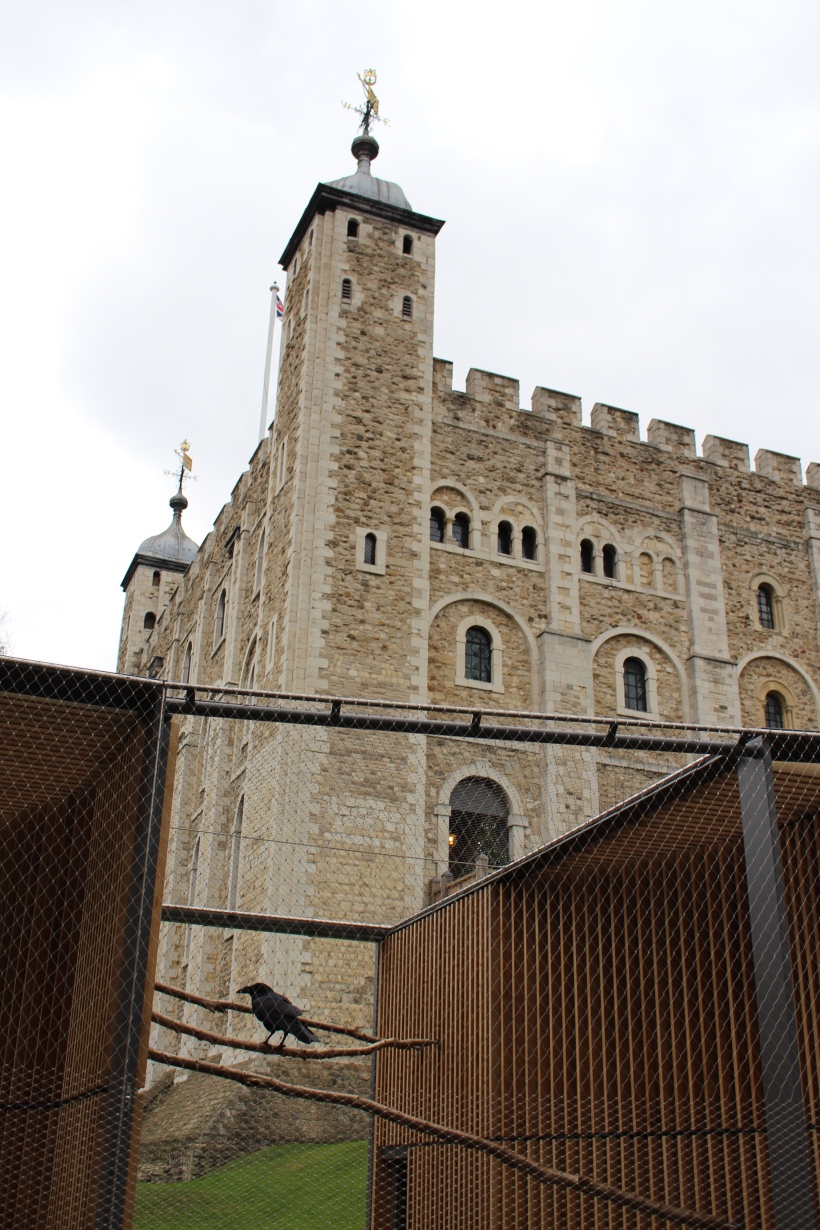
Although never used in this capacity, the building below is still maintained for the Queens use as it is part of the group of royal palaces.
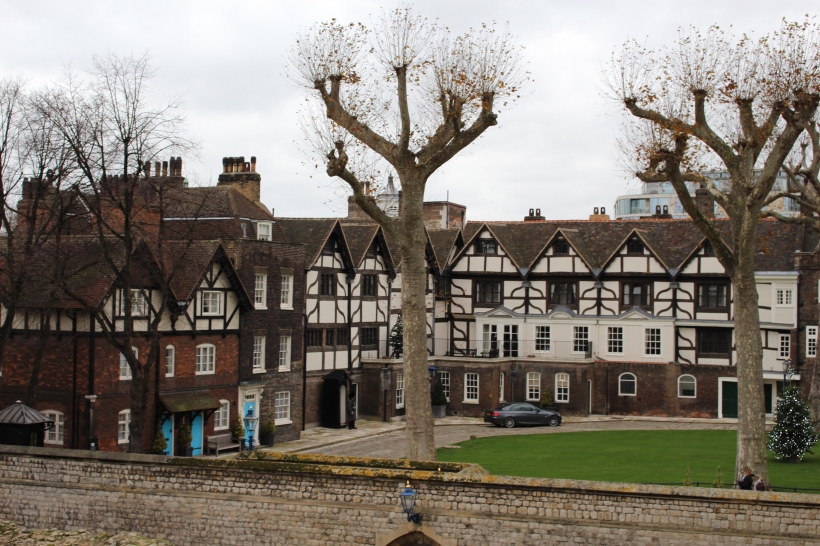
The original royal palace would have been the White Tower, seen here at night, lit up for Christmas.
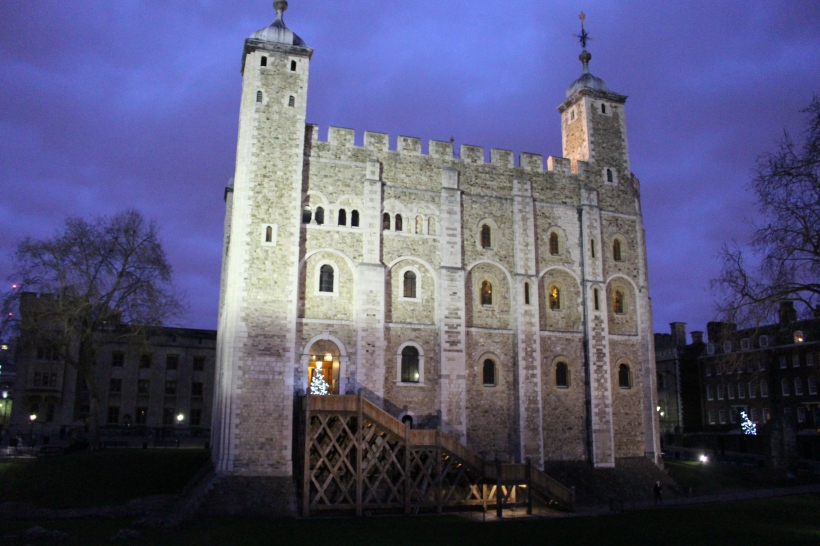
The last task for the day after touring was done was to go skating on the rink set up in the 1000 year old moat for Christmas. Much thanks to my friend Kieran for braving the couple inches of rain water present on the ice surface. Upon getting skates I realized hockey skates weren’t a thing here and they all had toe picks on them… which resulted in one very wet wipe out haha. Still, not something to lose your head over. An incredible time skating in a medieval moat and something you can only expect to do once in your life. Here you can see the watery rink with wall #1 in the background.
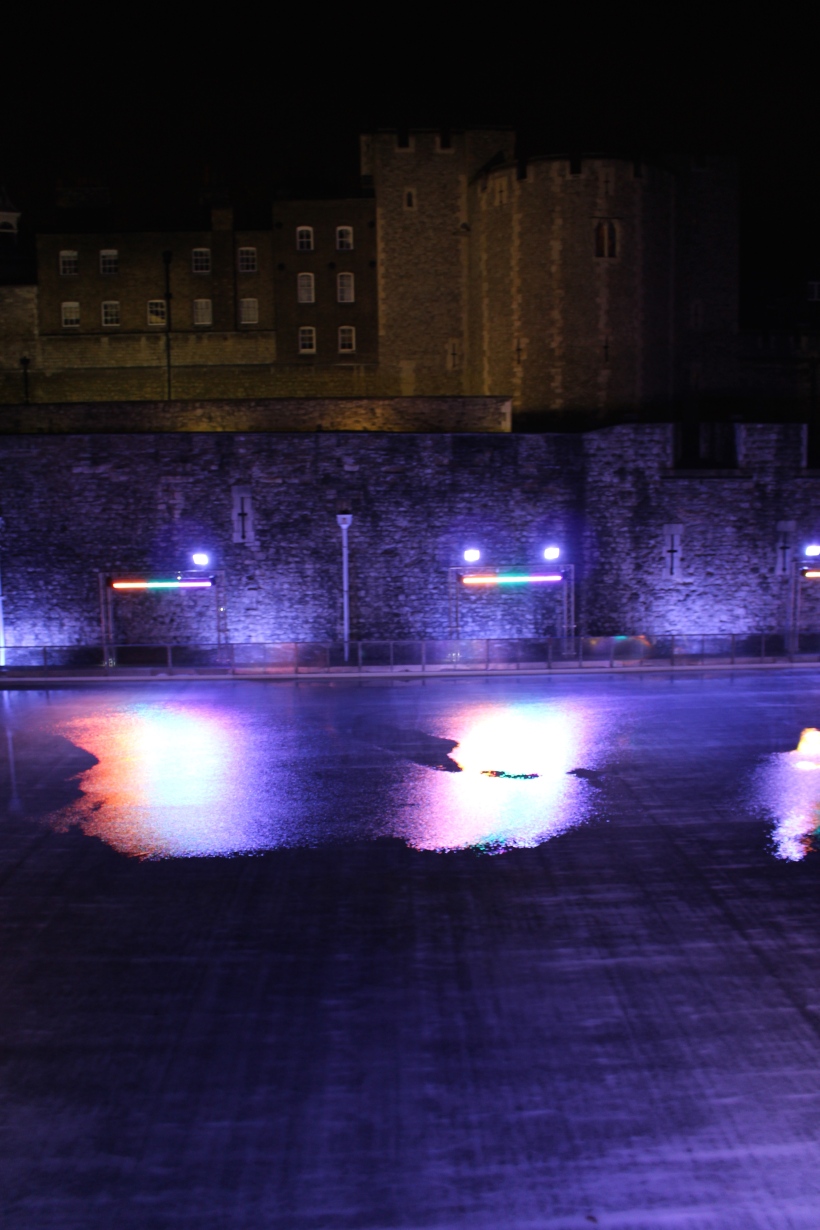
The Tower of London is a must visit for anyone coming to London. Take advantage of the knowledge possessed by the guards and be sure to take one of the free tours!
